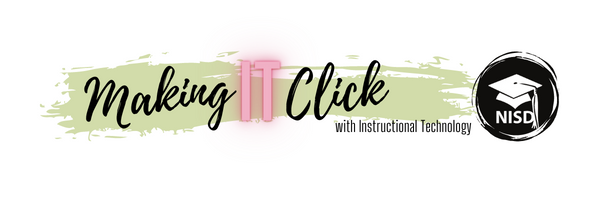Check out these examples:
Adobe Spark enabled students to tell a story detailing many facets of the disease or condition such as the definition, history, treatment, rehabilitation, and prognosis. By composing a narrative instead of a scientific explanation, students were able to reach higher levels of Bloom's Taxonomy by researching or interviewing an individual, then applying their learning through the creation a new product within Adobe Spark. Furthermore, students were given a wide variety of choice with just enough parameters designated by their teacher; with the required criteria provided, students created various detailed narratives that let them detail new learning within a framework of creative freedom.
To share their narratives and learn about other neurological diseases or conditions, Mrs. Lawson had the students turn in their work via a QR code so that it could be creatively displayed on a Standards Based Bulletin Board as shown in the image above.
ISTE Standards:
3A: Students plan and employ effective research strategies to locate information and other resources for their intellectual or creative pursuits.
6C: Students communicate complex ideas clearly and effectively by creating or using a variety of digital objects such as visualizations, models or simulations.


No comments:
Post a Comment
Note: Only a member of this blog may post a comment.